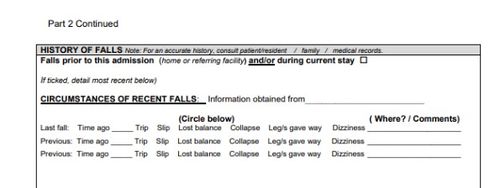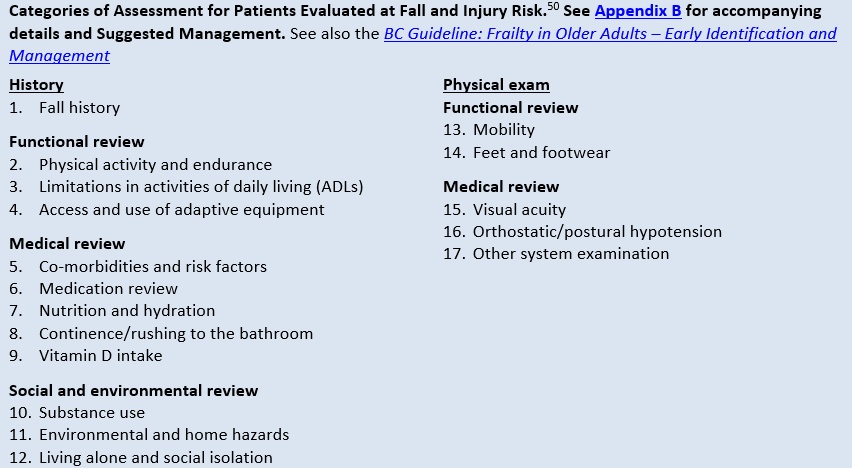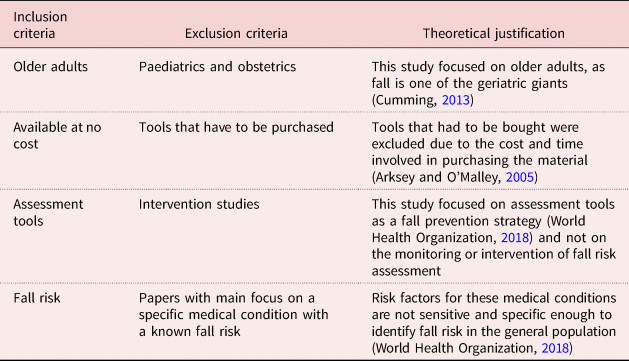Not known Details About Dementia Fall Risk
What Does Dementia Fall Risk Do?
Table of ContentsAll About Dementia Fall RiskHow Dementia Fall Risk can Save You Time, Stress, and Money.Some Known Details About Dementia Fall Risk 4 Easy Facts About Dementia Fall Risk ExplainedThe smart Trick of Dementia Fall Risk That Nobody is Talking About
Based on indicators and signs and symptoms, such as evidence of head injury or a new focal neurologic deficit, computed tomography or MRI of the mind may be indicated. An evaluation for causes of syncope need to be conducted just if there is solid uncertainty, as in the situation of reoccurring, inexplicable drops
Healthcare companies make use of a loss risk assessment to identify your danger factors for dropping and make valuable recommendations. An autumn danger assessment is essential due to the fact that understanding which elements boost your chances of dropping helps you: Lessen your risk of falling or injuring yourself.
All grownups 65 years and older need to have an initial fall threat testing. Have fallen in the previous year. Worry about dropping.
Not known Details About Dementia Fall Risk

, and goals especially customized to patients who are at risk for falls. A is defined as an occasion that results in a person coming to relax inadvertently on the ground or floor or various other reduced level (WHO, 2021).
According to the Centers for Disease Control and Avoidance (CDC),, creating over 34,000 deaths for that age. Falling is the 2nd leading reason of fatality from unintended injuries worldwide. Death from falls is a serious and native to the island problem amongst older people. over at this website It is approximated that fall fatality rates in the U.S

Each year, over 800,000 people are hospitalized due to the fact that of falls. Registered nurses play a visite site significant function in protecting against drops for their patients via education, reviewing fall threat, developing safer atmospheres, and supplying interventions in protecting against injuries from drops.
Autumns are due to a number of elements, and an alternative strategy to the specific and environment is crucial. Suppose a person is taken into consideration at high danger for drops after the screening.
8 Simple Techniques For Dementia Fall Risk
A calls for utilizing a verified device that scientists have examined to be valuable in calling the reasons of falls in a person. The level of loss risk can be established using the evaluation of innate and external factors.
Individuals are much more likely to drop once again if they have actually sustained one or more falls in the past six months. The older population is at raised danger of fall-related readmissions based on a research study determining the aspects anticipating of repeat falls connected end results (Prabhakaran et al., 2020).
Furthermore, confusion and impaired judgment increase the client's opportunity of dropping. The capability of people to protect themselves from drops is influenced by such aspects as age and advancement. Older people with weak muscular tissues are more probable to drop than those that maintain muscular tissue advice toughness, versatility, and endurance. These changes consist of minimized visual function, impaired color perception, change in center of mass, unsteady gait, reduced muscle stamina, reduced endurance, modified depth understanding, and postponed response and reaction times.
Little Known Questions About Dementia Fall Risk.
Much less contrast level of sensitivity was quite connected with both increased prices of falls and various other injuries, while decreased aesthetic skill was only linked with enhanced autumn price (Wood et al., 2011). Sensory assumption of ecological stimuli is extremely important to safety. Vision and listening to problems limitation the person's capacity to perceive dangers in the environments.
Older grownups who have inadequate balance or trouble strolling are a lot more most likely to drop., or various other clinical problems and treatments., and usage of psychotropic medications (Stanmore et al., 2013).